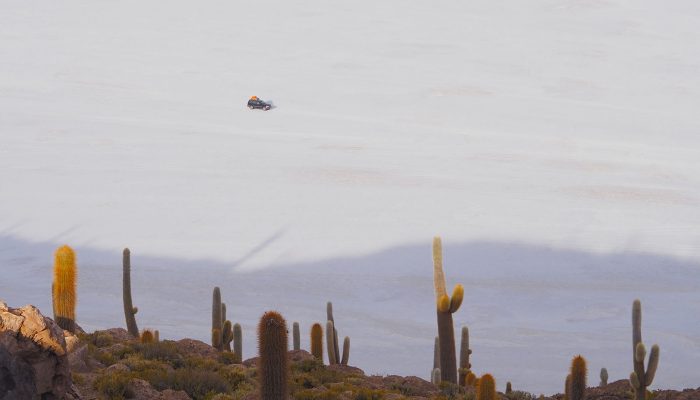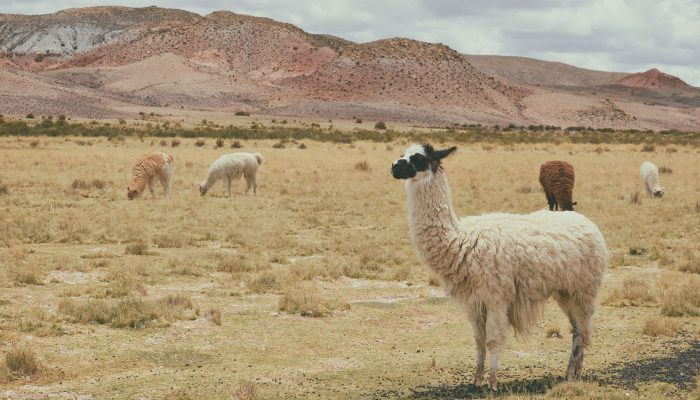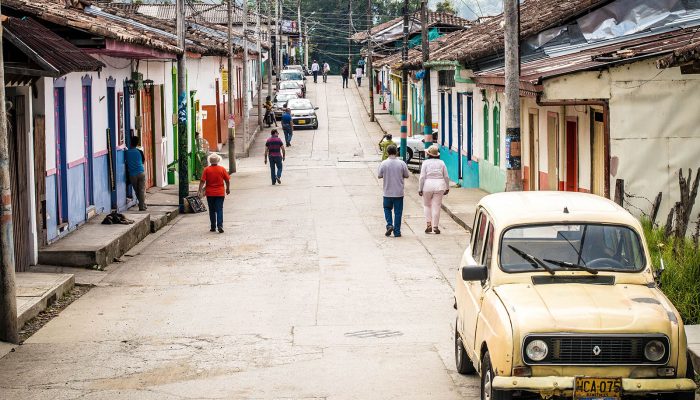Bolivian Geography
Located in the southern hemisphere, between the Equator and the Tropic of Capricorn, Bolivia is a tropical country. Its borders communicate to the north and east with Brazil (3,423 km) to the south-east with Paraguay (750 km) to the south with Argentina (832 km) and finally to the west with Chile (861 km) and Peru(1075 km).
Unlike its neighbors in South America, is a landlocked country with no access to the ocean.
With an area of 1.1 million km2 (2 times that of France), the country is marked by a strong geographical contrast between east and west.
In the area of the rising sun, vast alluvial plains stretch : in the north, the Amazon basin covered with forests; to the south, the Rio Paraguay basin where man cleared land to exploit them. This area covers 72% of the Bolivian territory.
To go close to the sunset, you need to take altitude. The West, that represents all of our fascinations, is occupied by the sub-Andean valleys, then the actual Andean area, crossed by two major north-south mountain ranges that delimit the vast plateau of the Altiplano.
The first major mountain range, or Eastern Cordillera, is divided into three distinct parts: the north, the Cordillera Apolobamba, center, the Cordillera Real and finally to the south, the Cordillera Quimsa Cruz. Then come the secondary mountain ranges such as Los Frailes, near the city of Sucre.
The second great mountain range, or Western Cordillera, contains high volcanoes whose perfect silhouette of volcano Sajama, the highest summit in Bolivia with its 6542 meters.
The altitude area has other jewels that nature lovers will appreciate: Lake Titicaca, the highest navigable lake in the world, home of the Tiwanaku civilization, the Salar de Uyuni, the world’s largest salt flat also kingdom of multicolored lakes, Cordillera Apolobamba, Quimsa Cruz and Lipez … without forgetting the small villages with ancient traditions.



